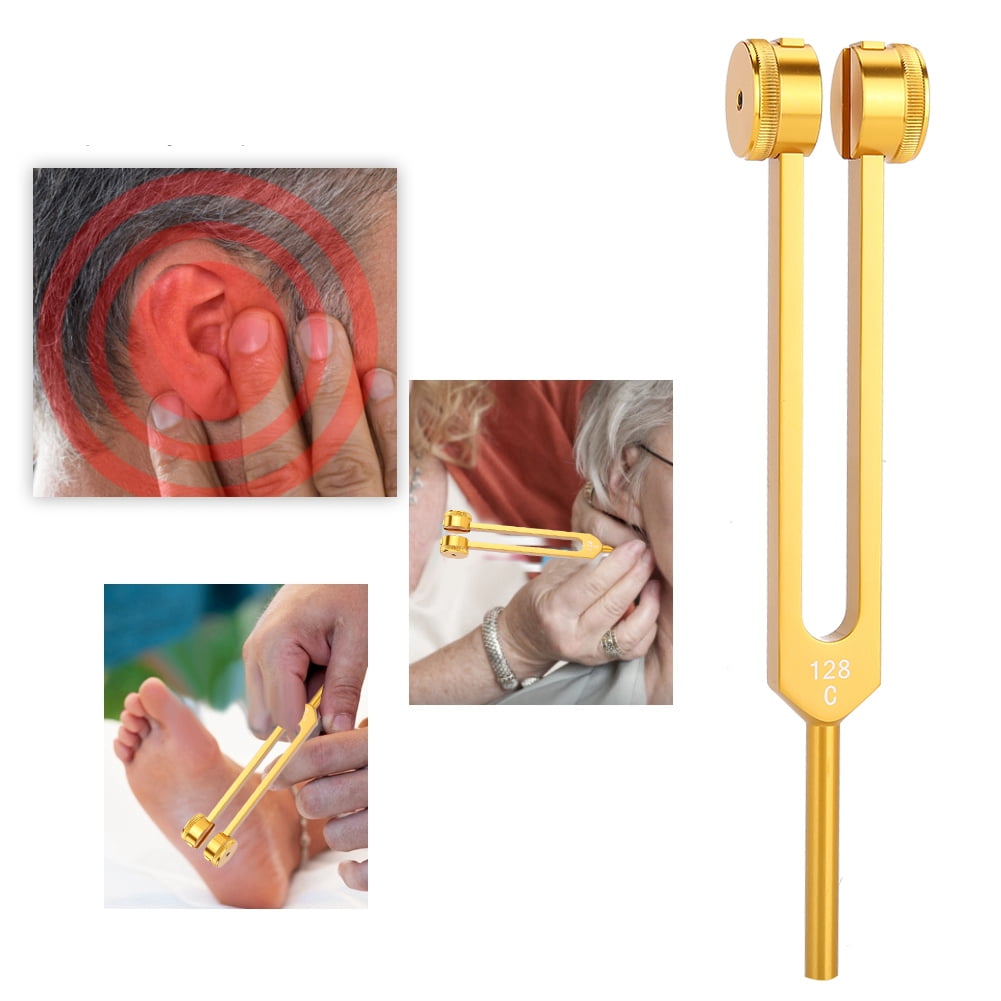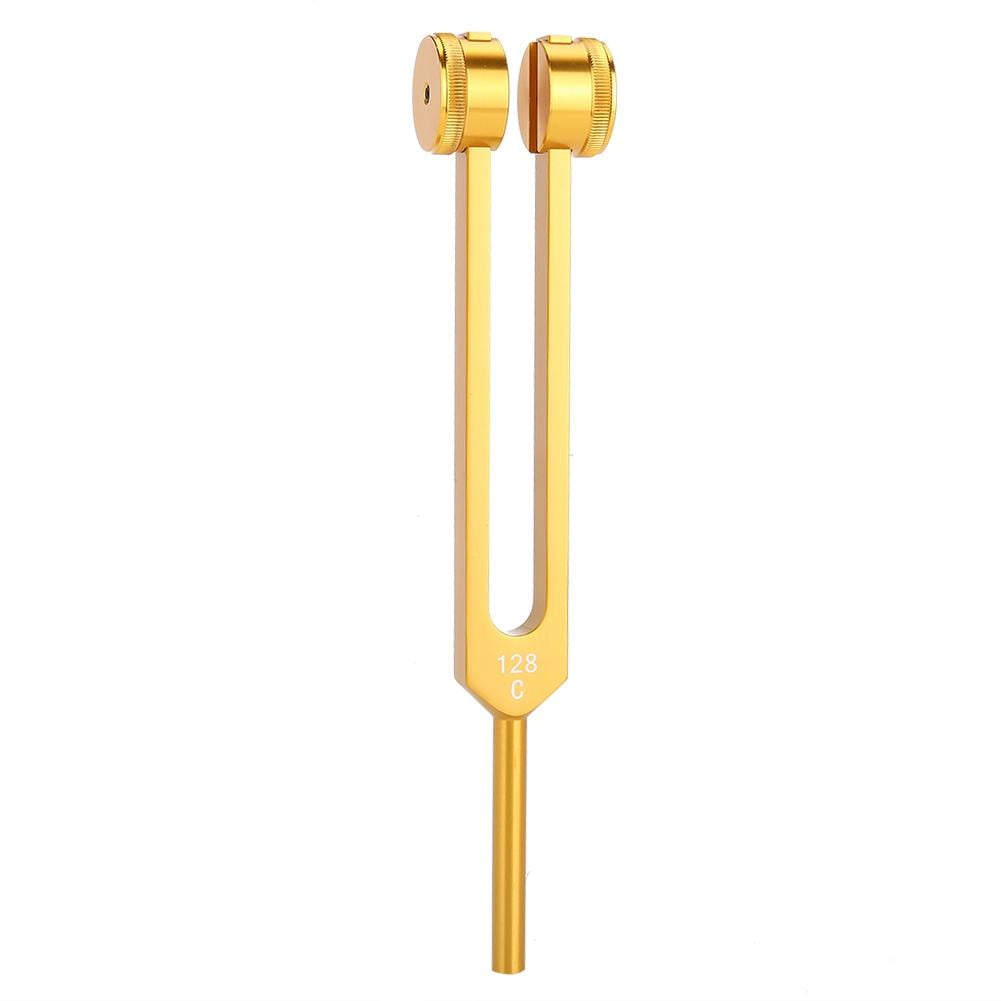
Ten patients without hemisensory complaints were tested (females with migraine aged 25–50 years seen in the clinic) and none reported any side-to-side differences in the perception of the vibration with this test.įorehead tuning fork swing test is a simple test which is “fun” to perform and can be helpful in establishing functional numbness along with other signs. Neuroimaging studies showed a normal magnetic resonance imaging of the brain in all the patients.įorehead tuning fork swing test was positive in all the 12 patients, with either no perception of vibration or less vibration on the side of the numbness. Patients with weakness also showed a “give-way” type of effort and a positive Hoover sign. Conclusions: Quantitative vibratory evaluation with Rydel-Seiffer tuning fork is rapid, has high inter- and intrarater reliability, and provides measures for. High Quality Materials For Long-Term Service.

The patient should note the end of vibration about the same time as the examiner, who feels it through the patient’s joint. SURTEX® Rydel-Seiffert Tuning Fork is an instrument that can be used in audiological examinations of hearing loss and in neurological examinations of vibration sensation. Neurological examination showed midline splitting subjective numbness to pin-prick, light touch, as well as vibration sensations. To test vibration sense, the examiner places a finger under the patient’s distal interphalangeal joint and presses a lightly tapped 128-cycle tuning fork on top of the joint. Seven patients complained of numbness on one side of the body, and 5 patients had numbness and ipsilateral weakness. There were 9 female and 3 male patients, with their age ranging from 24 to 54 years. In addition, the vibratory tone is not standardized, as it is a function of how hard the examiner manually strikes the tuning fork to stimulate the vibratory. If there is decreased sensation distally. Testing should be done initially distally.
#VIBRATION SENSATION TUNING FORK SERIAL#
The test was performed among 12 serial patients suspected to be having a functional numbness with or without weakness. Vibration is tested by sensation of a tuning fork held on a bony prominence. įigure 1: A 128-Hz tuning fork is placed on the patient's forehead and swung from side to side

The patient is asked to report if they perceive any difference in the vibration from the “numb” side compared to the other side. Forehead tuning fork swing test is performed as follows:Ī vibrating 128-Hz tuning fork is placed at the center of the forehead or the sternum and then swung from side to side by 45° repeatedly.

I describe a simple and useful test when functional one-sided numbness is encountered. Various clinical tests are helpful in distinguishing functional neurological symptoms from that seen in organic diseases, including midline splitting of sensation, differential vibration sensation across forehead or sternum, Hoover sign, etc. Available from: įunctional neurological presentation commonly includes hemi-sensory loss with or without weakness. Forehead tuning fork swing test: A simple and useful test for functional numbness.


 0 kommentar(er)
0 kommentar(er)
